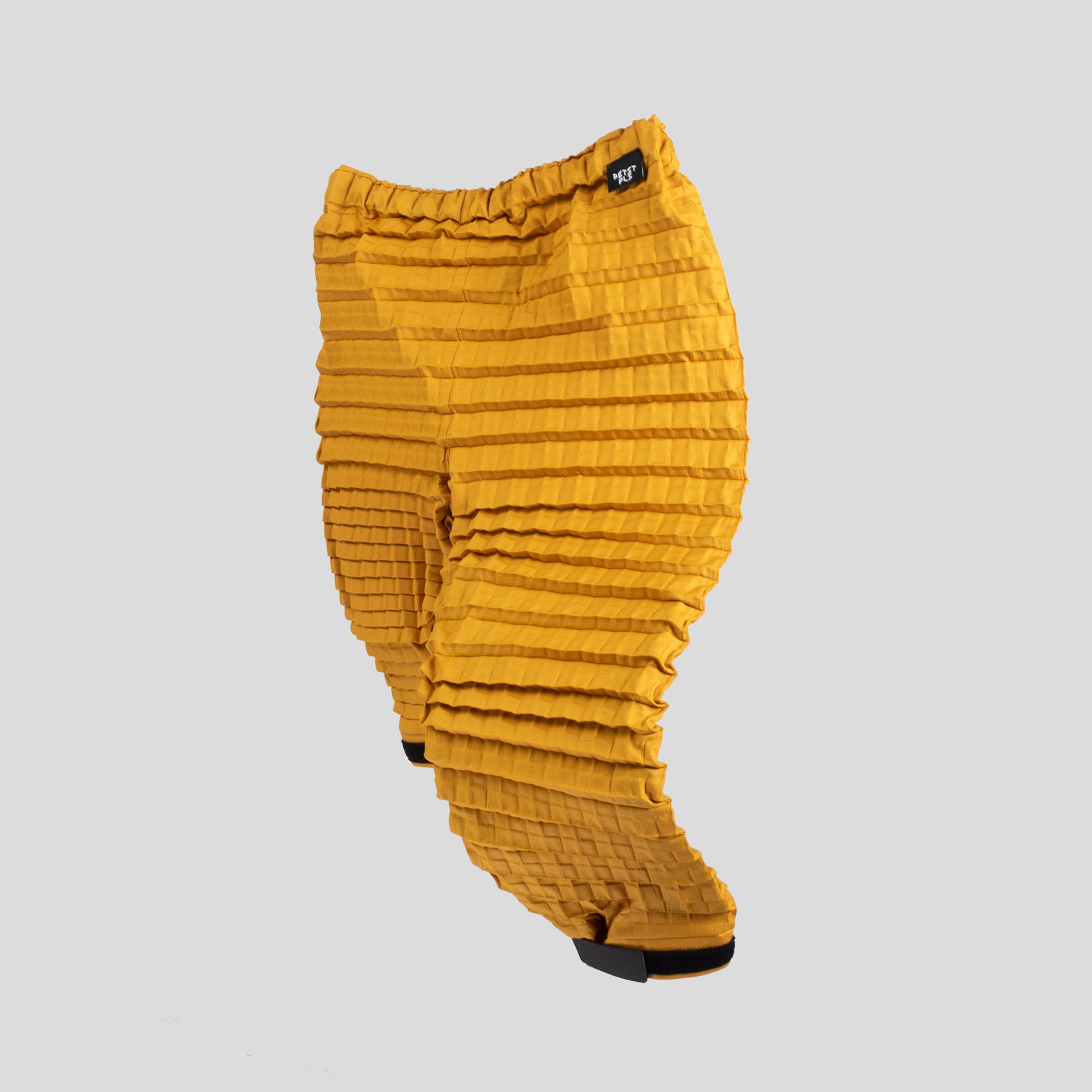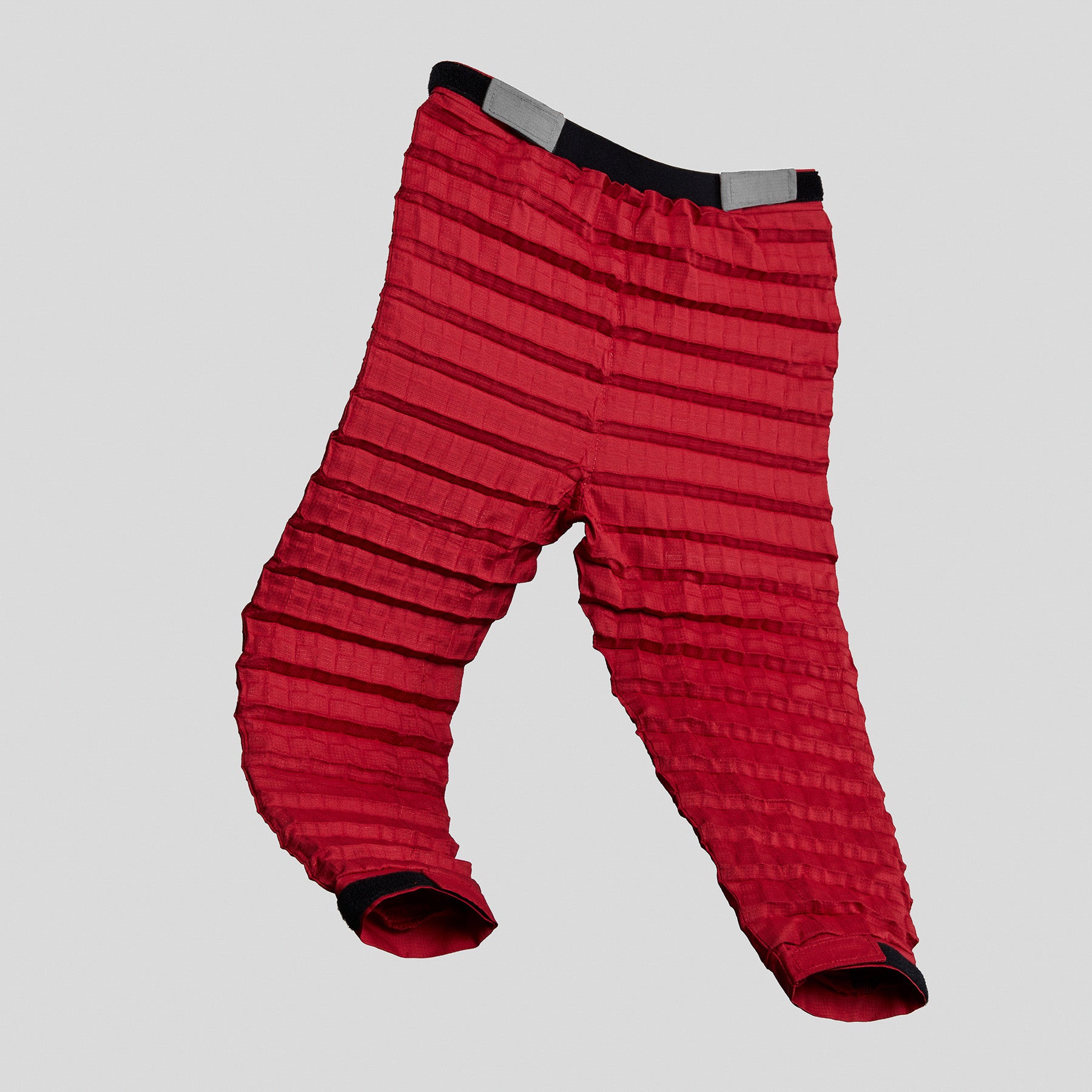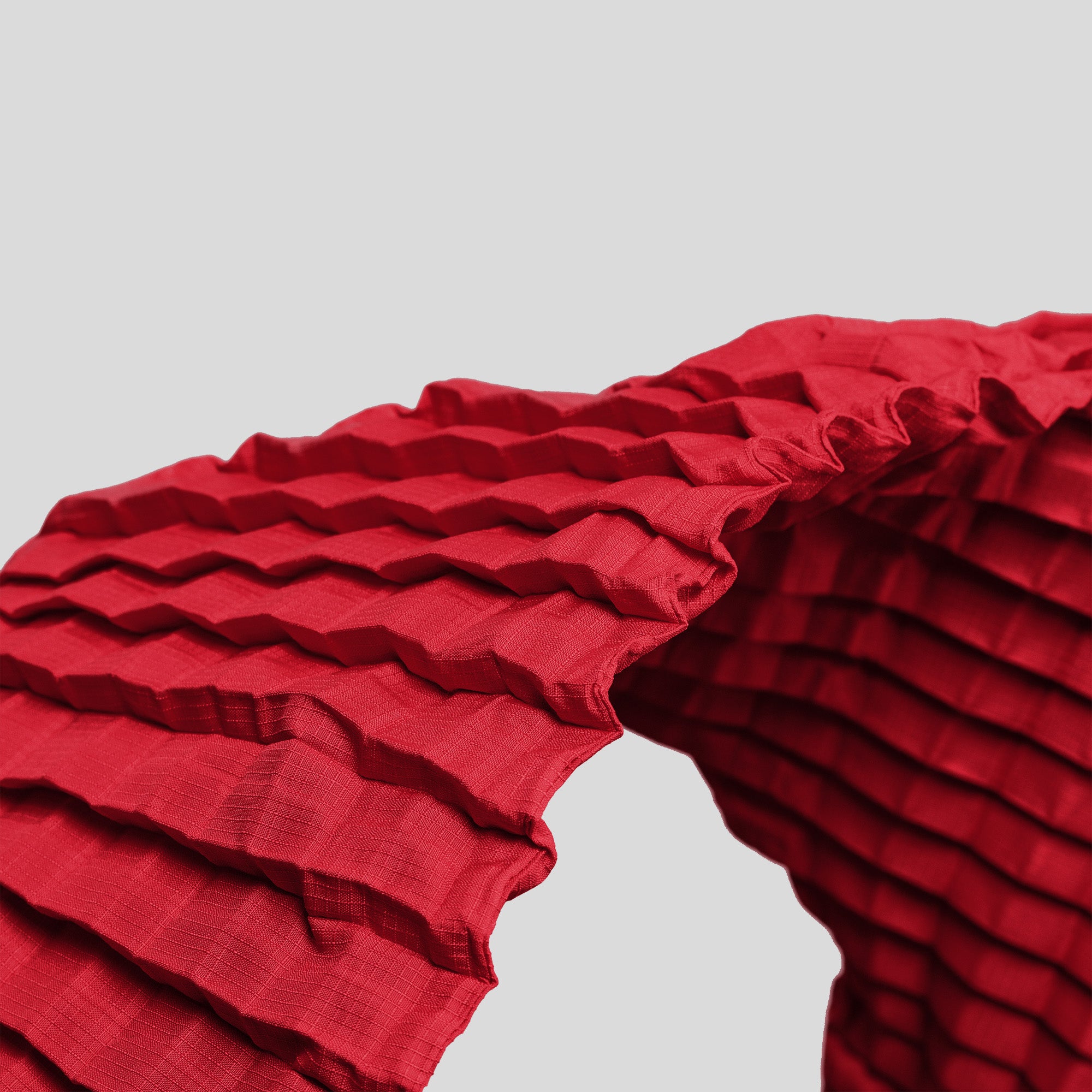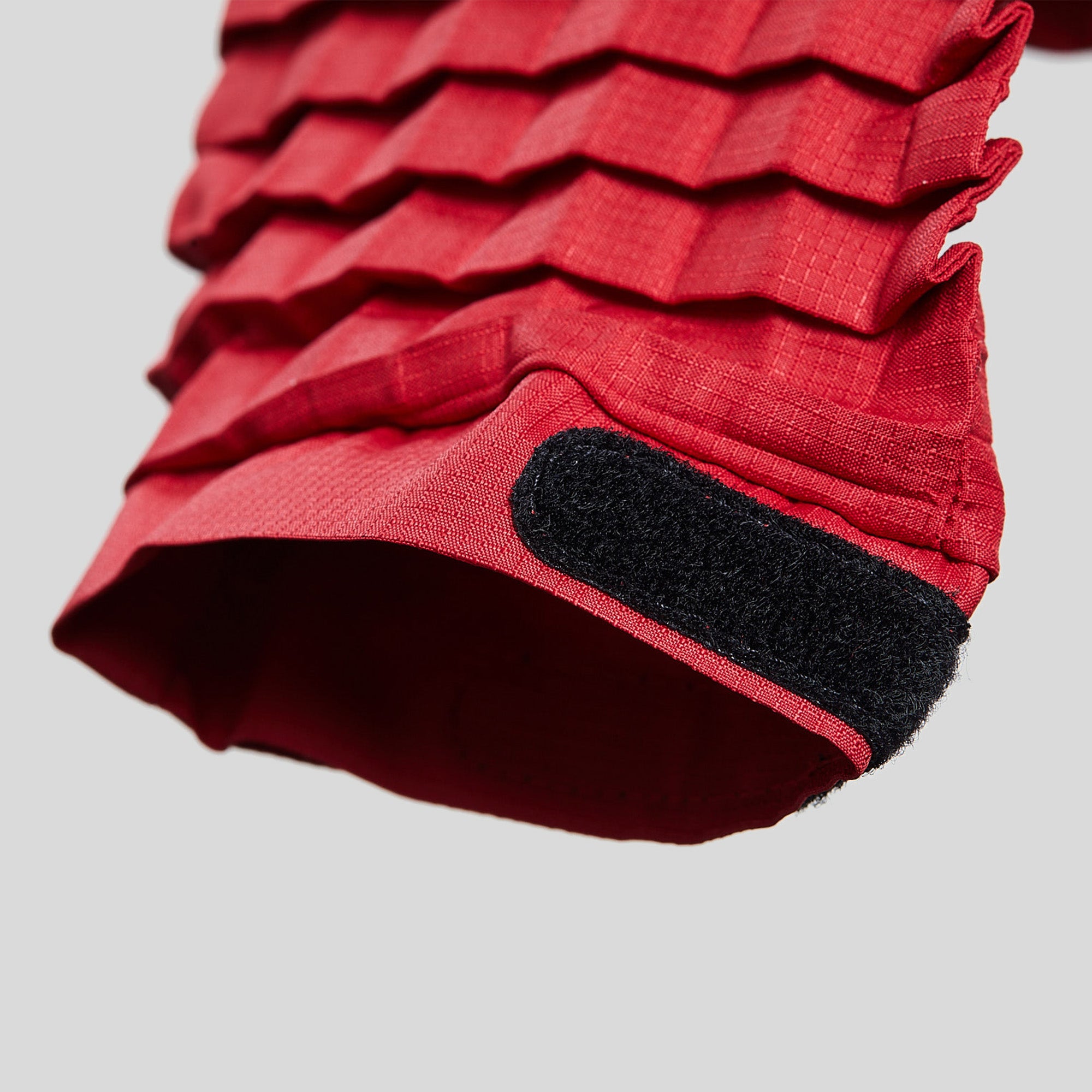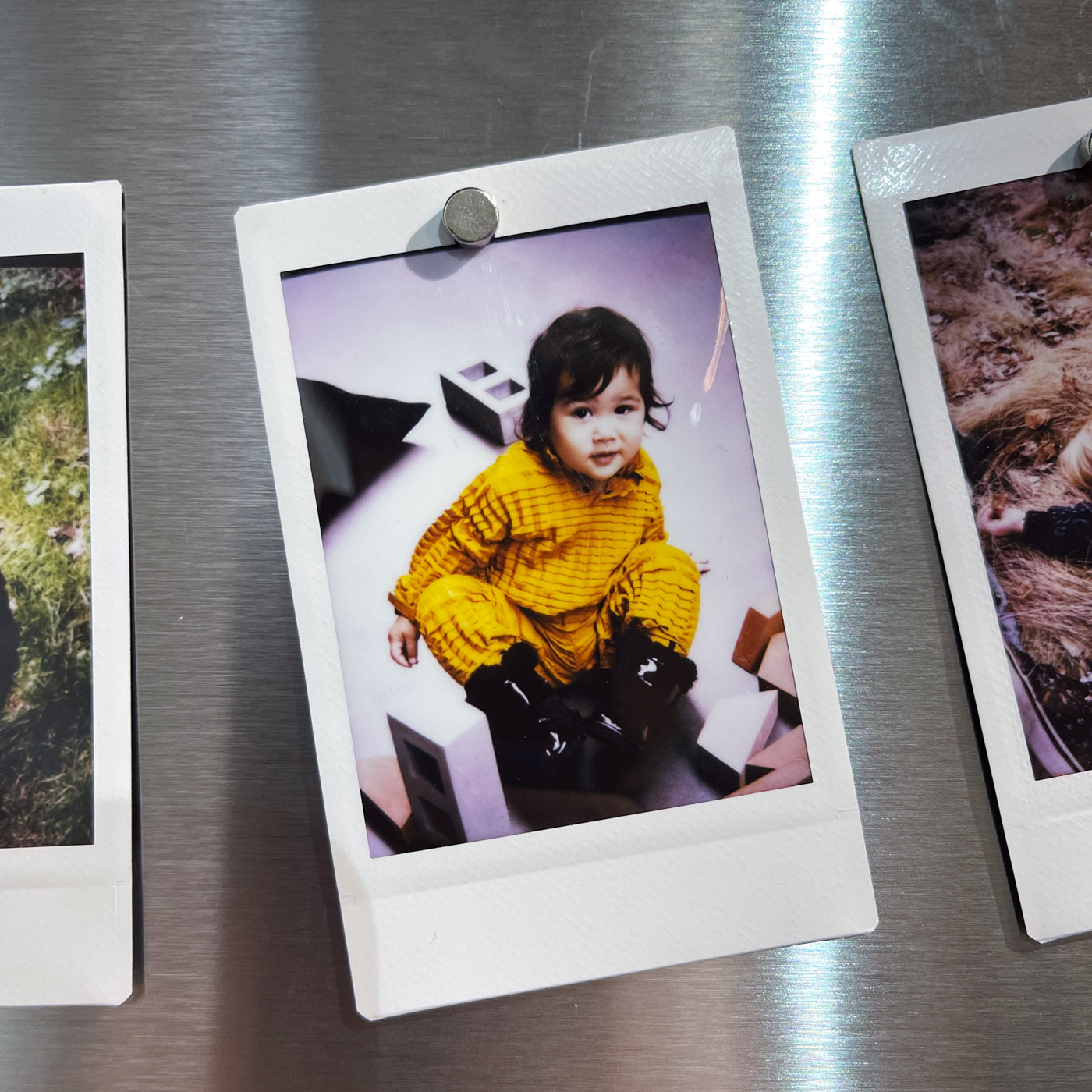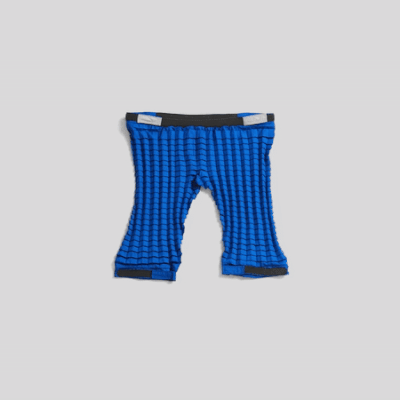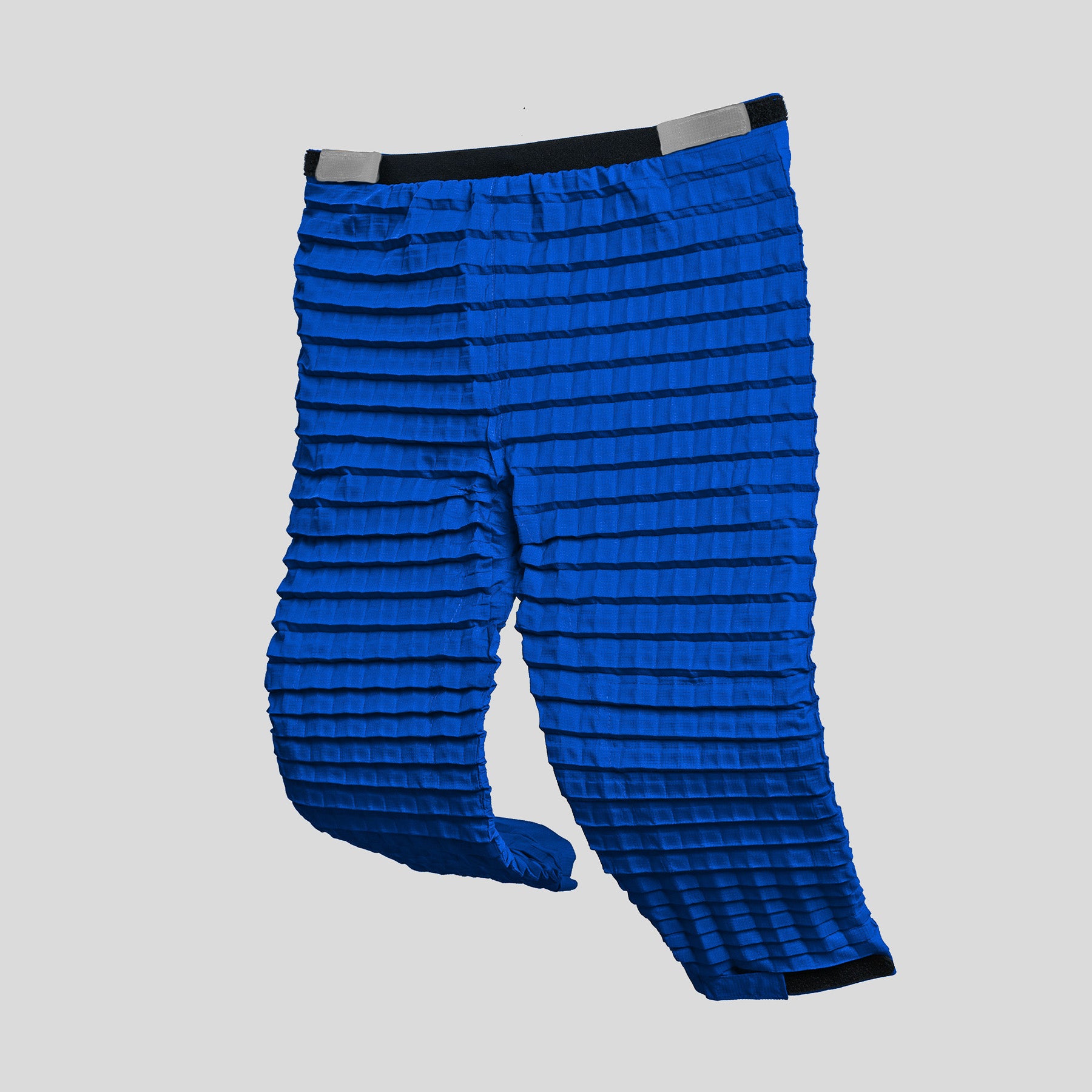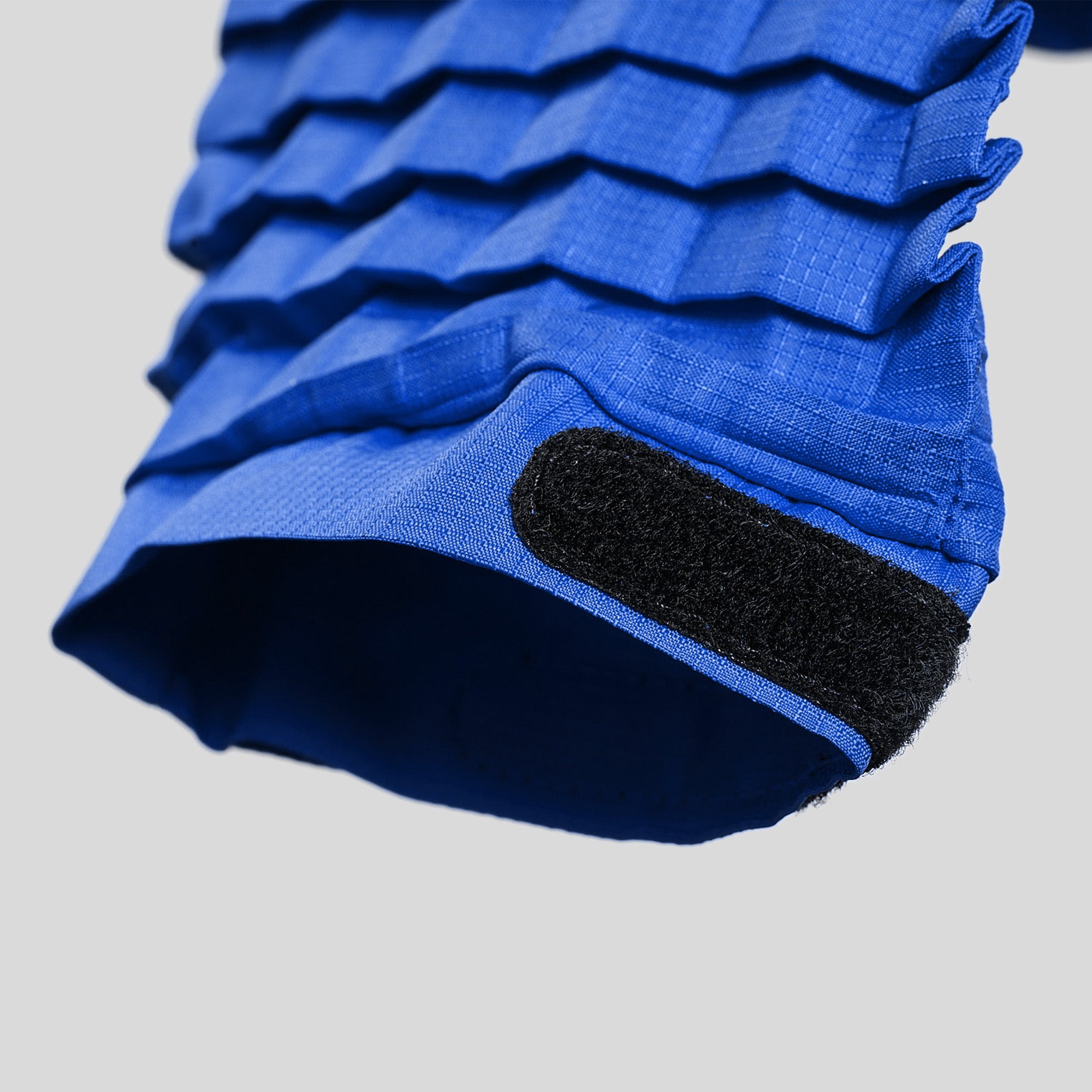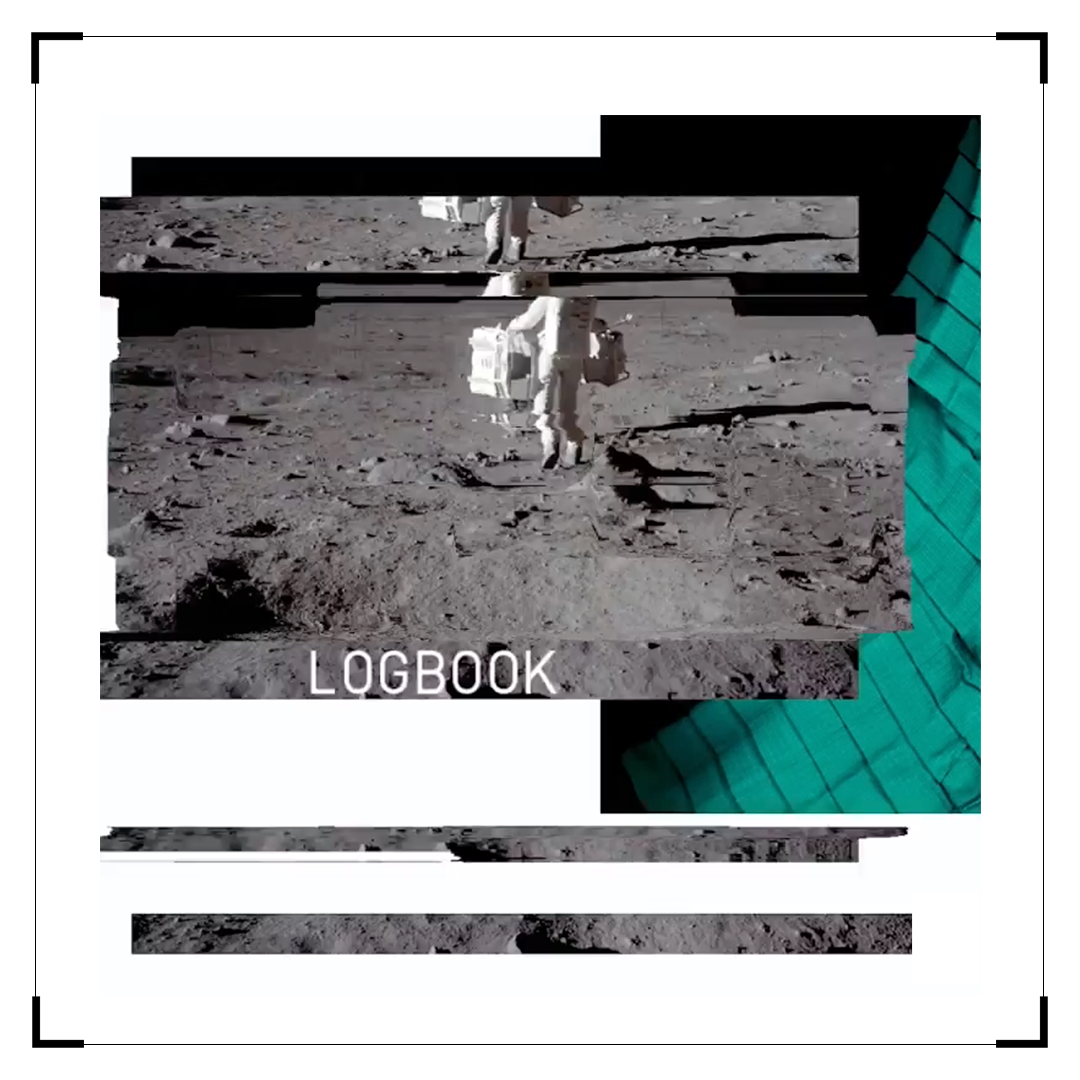
Outer Space Garments
The powers of clothing are profound.
Clothing communicates identity, demarcates time and drives economies.
Not only this, clothing enables humanity to thrive beyond our atmosphere.
Lab-blended fibres, tightly packed seams and high-strength materials have made space a survivable reality.
At Petit Pli, we use space as a probe to seek innovation and find inspiration in the complex systems that allow exploration beyond our Earth.

[The Petit Pli structure stems from a project about deployable space satellites, a project that you can explore here.]
In this blog, we will be looking at the space suit - the clothing and materials that allow us to transcend the human condition. Astro and cosmonauts were made to live on Earth, not in the extreme conditions found in space.
In space, astronauts are exposed to temperature conditions which vary from a chilling -120 degrees Celsius in Earth’s orbit, and a searing 120 degrees in sunlight.
Not only this, by leaving Earth’s protective shield they are exposed to high levels of space radiation. This can place astronauts at significant risk for sickness, disease and has the potential to damage the central nervous system. Without the protection of the ozone layer, a year spent in Earth’s low orbit, where the International Space Station resides, results in a dose of radiation 10 times that of the same time spent on Earth.
In addition to radiation, the absence of atmospheric pressure and oxygen has the ability to weaken muscle performance. Without gravity, the body is more susceptible to fractures, fatigue, and bone demineralisation.
In the vast vacuum of space, the dangers also comprise of the unpredictable and blistering movement of space debris - travelling at harmful velocities.
To survive in these vast and intimidating conditions, astro and cosmonauts rely on the space suit as a protective tool.
To guard against micrometeorites and debris, the space helmet is constructed from the same material found in bulletproof glass, a flexible polycarbonate.
The material is used with the aim of absorbing the energy and preventing fatal penetration. No space suit has ever ruptured in the vacuum and at most astronauts will suffer some discomfort and bruising from the harder components of the suit.
The construction of each suit requires careful stitching of seams, sewing and cementing the various high-strength composite materials together – attaching metal parts to intersect the different components.
One spacesuit alone weighs approximately 280 pounds on the ground - while in space, a suit weighs nothing.
Each part, from upper and lower torso to arms and legs, is made in different sizes to accommodate the individual astronaut and their varying body-types. Every Apollo mission requires 15 suits, custom tailored for each astronaut.
While on Earth, the tailored suit is a formal dress for the everyday, in space, the bespoke space suit is a 24/7 survival necessity.
The process of dressing for space is laborious and involves several strict stages of dress.
- For Apollo 11, the mission that placed Neil Armstrong on the moon in 1969, the astronauts had to first apply a layer of salve, followed by maximum absorbency garments - a rubber bag, tube and waist-mounted collection sac for urine.
- Next, they would dress in stretched cotton long johns and then ‘don’ their bespoke, multi-layered space suit.
- After this, they would add two layers of gloves and headgear, the first being a nylon pair for comfort followed by heavier gear that would lock to the suit with aluminium rings.
- Finally, the astronauts would wear their tight ‘Snoopy Caps’ that held the communication system under a wide, bubble helmet.
Surprisingly, the risks of space walking often occur within the suit itself.
In some cases, spacewalkers have been known to cough on the water from their drink bag, and one astronaut experienced temporary blinding after he spluttered on his water, a droplet hit the soapy material of his helmet visor (to prevent fogging) and bounced back into his eye.
As tears do not fall in zero-gravity, it can take half an hour for the droplets to evaporate and for vision to return. In 2013, astronaut Luca Parmitano experienced a serious suit malfunction. While on a spacewalk, the helmet of his suit started to fill with water, posing the danger of drowning. Though he made it back to the airlock, there was an excruciating wait for the hatch to repressurise before they could remove his helmet.
At mission control, they considered advising to carry out an emergency repressurisation to speed up the process and get off Parmitano’s helmet, but this could have seriously damaged his hearing. In the end, Parmitano made it out and his helmet was removed – with over a litre of water estimated to be inside. Engineers found that contamination had clogged one of the suit's filters, causing water from the suit's cooling system to back up.
Despite the dangers of space exploration, with thanks to innovation and technology humans can now survive and succeed in these conditions, with clothing designed to support observation, discovery and future pioneers.
At Petit Pli, we share this desire to clothe the future of humanity, but instead starting with our little pioneers - the next generation.
Our mission is to provide a protective and transformative tool for exploration on Earth.
To reduce our environmental impact by applying this innovation to garment design, extending the life of our clothes and encouraging the next generation to value their second skin - our original technology.
